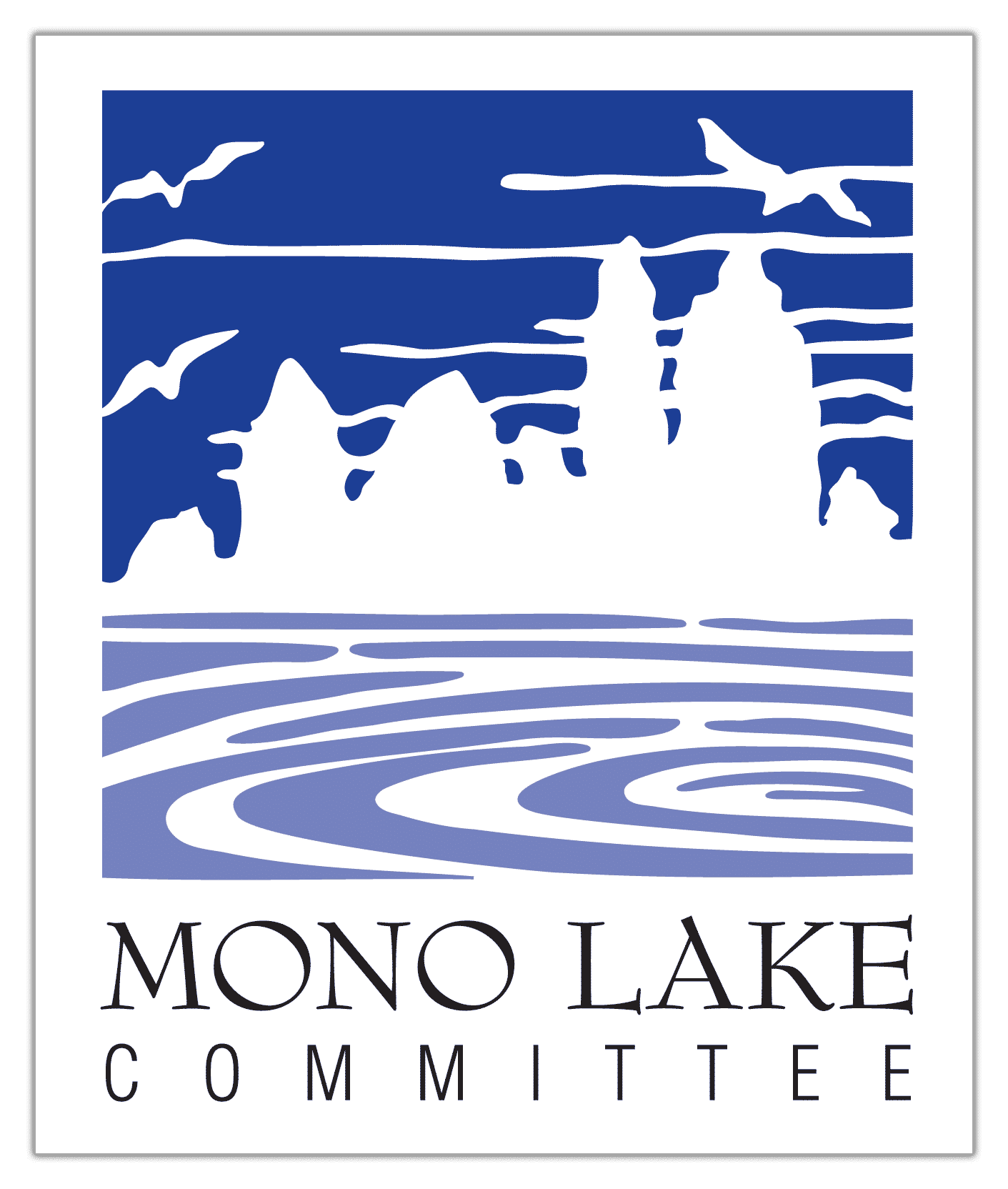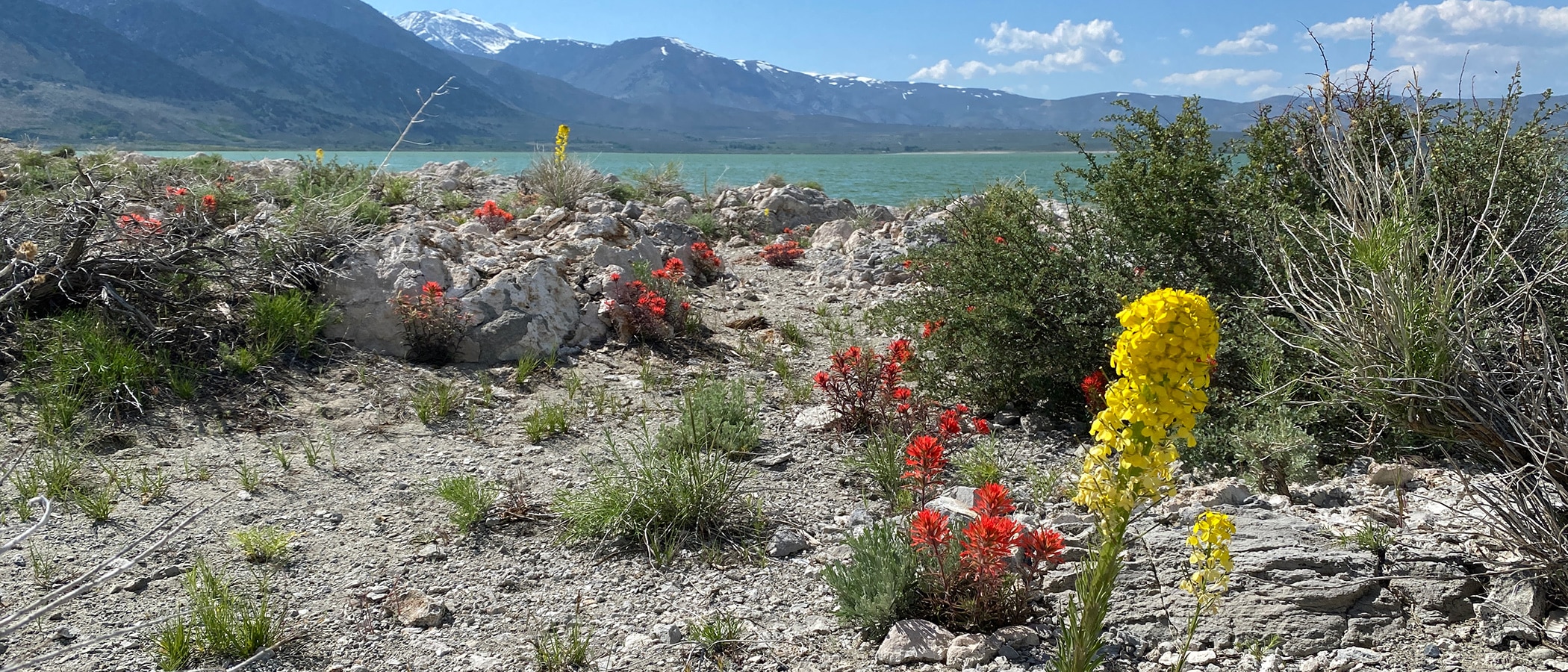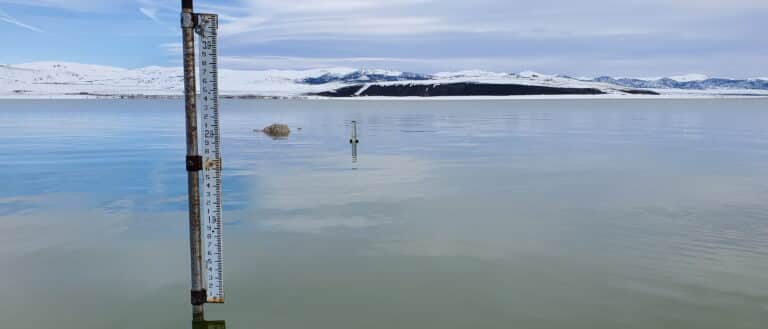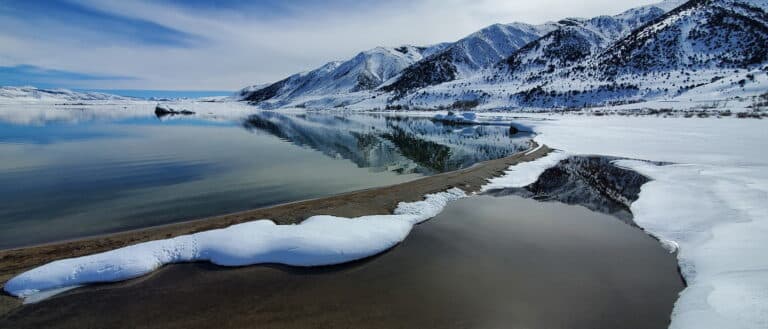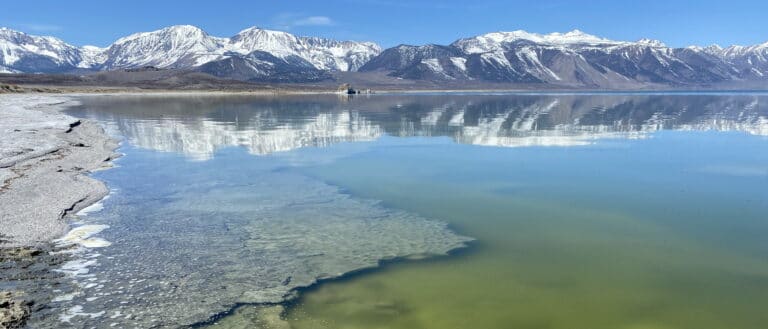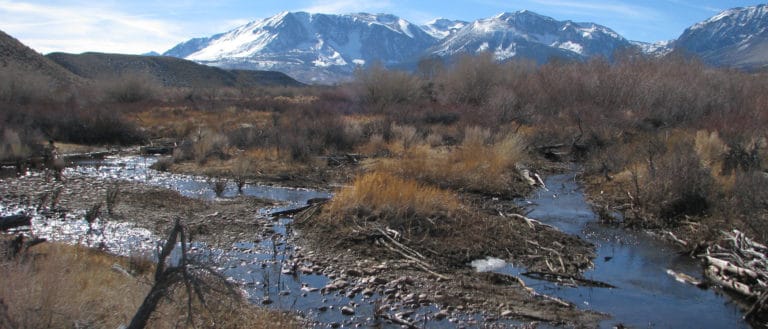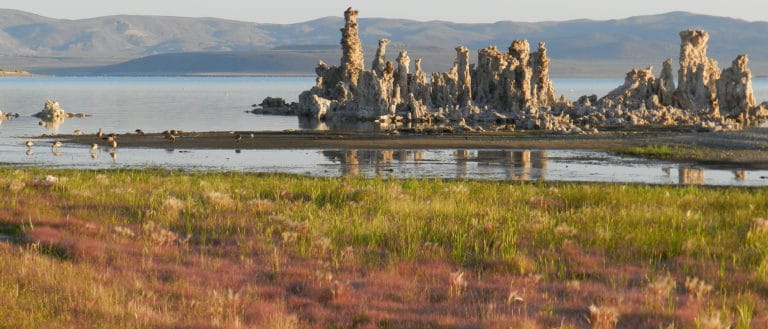
April 1, 2024 Mono Lake level triggers important choice for DWP
Los Angeles Department of Water & Power (DWP) and Mono Lake Committee staff met this morning at the shore of Mono Lake to conduct the annual joint reading of the surface elevation of Mono Lake. The consensus is that…
